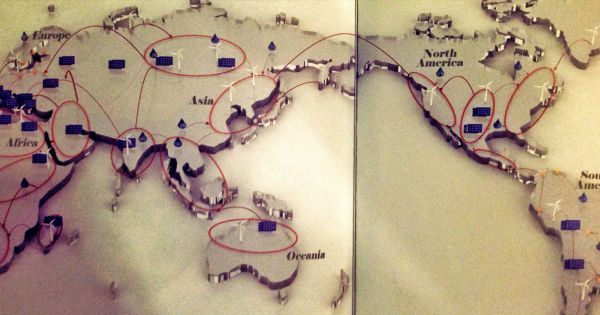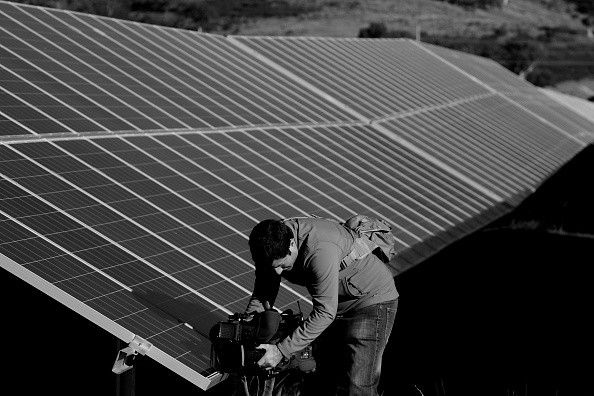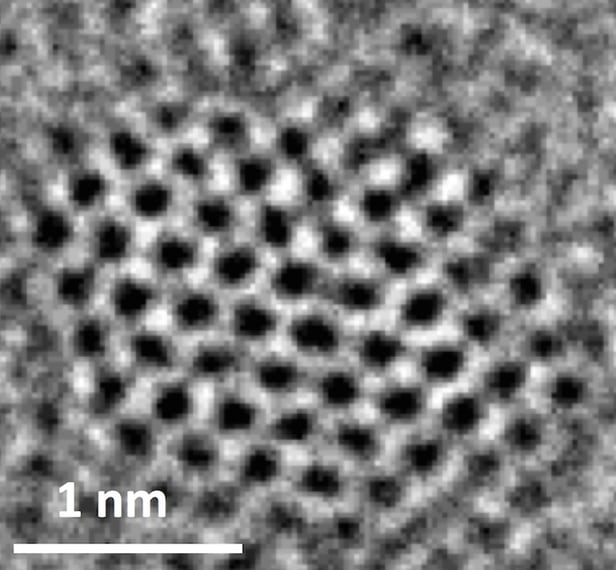Dec 27, 2016
Tesla Autopilot’s new radar technology predicts an accident caught on dashcam;
Posted by Amnon H. Eden in categories: robotics/AI, sustainability, transportation
The video of an accident on the Autobahn in the Netherlands caught on the dashcam of a Tesla Model X shows the Autopilot’s forward collision warning predicting an accident before it could be detected by the driver.
With the release of Tesla’s version 8.0 software update in September, the automaker announced a new radar processing technology that was directly pushed over-the-air to all its vehicles equipped with the first generation Autopilot hardware.















